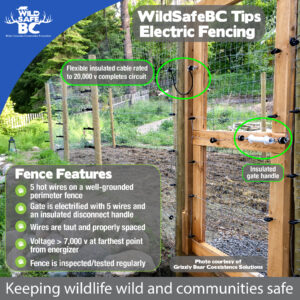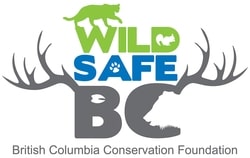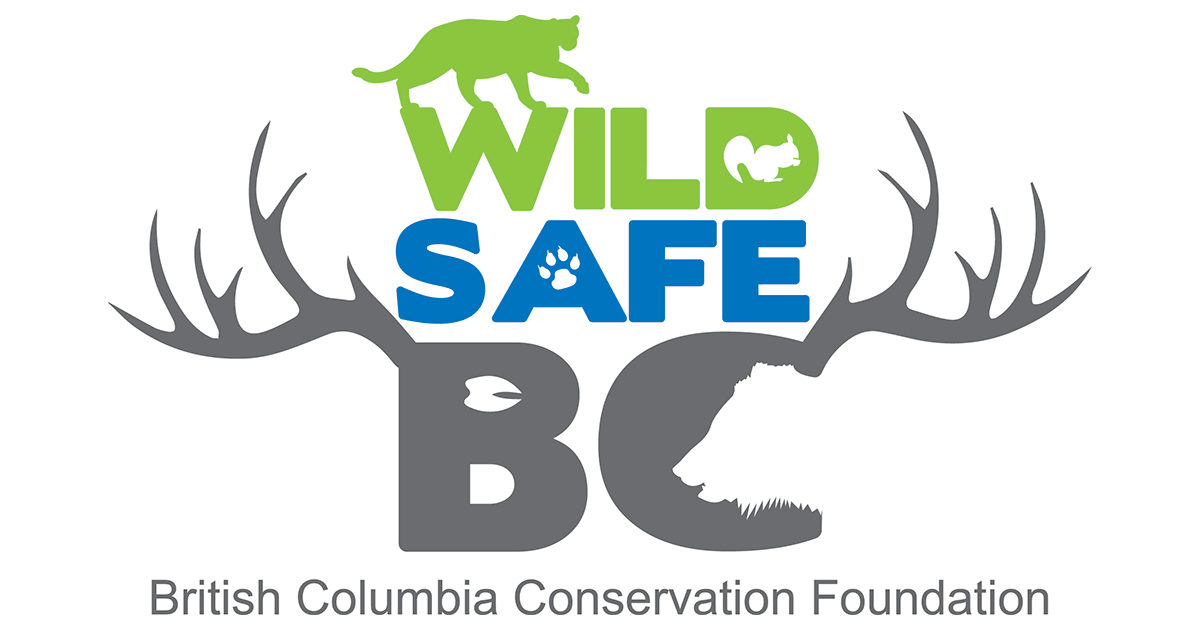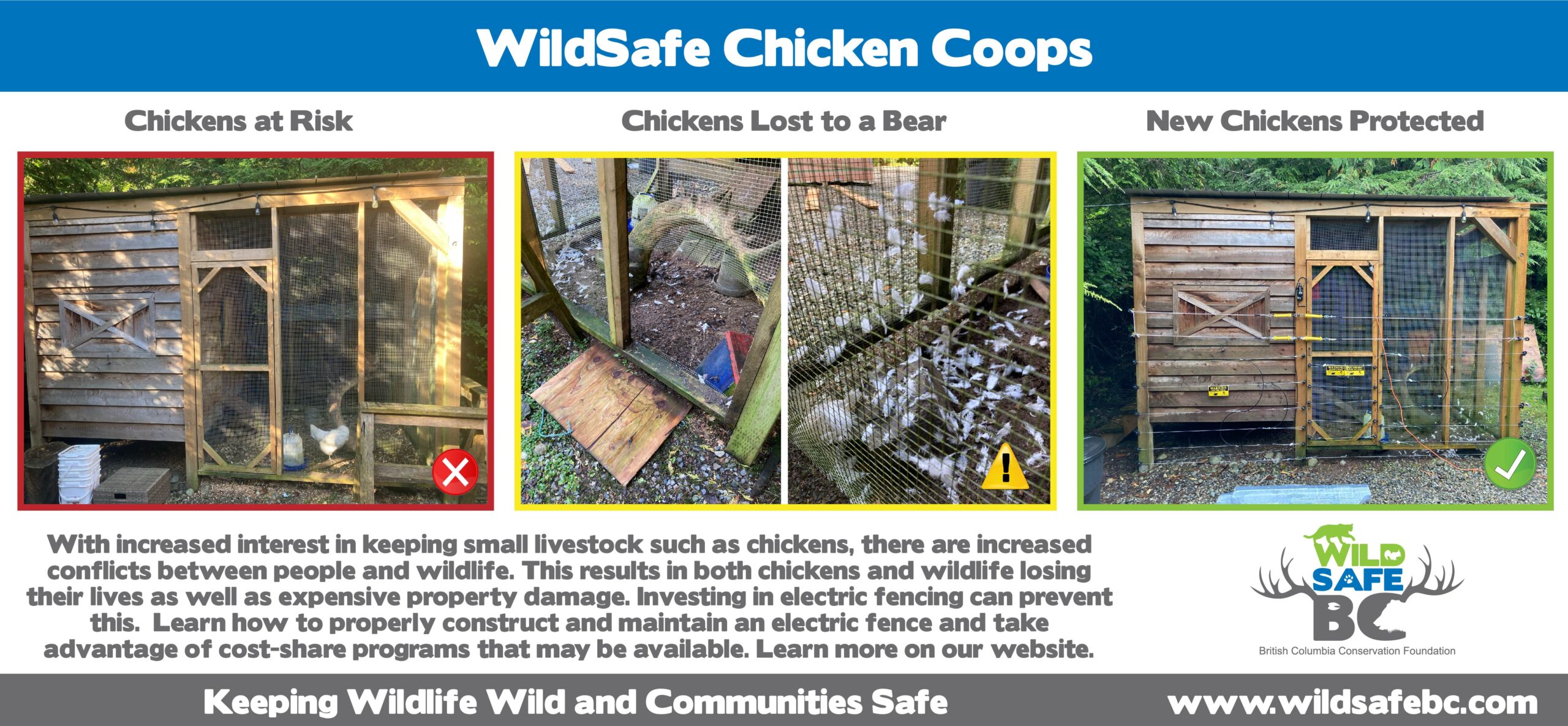 Electric Fencing
Electric Fencing
Electric fencing is a safe and effective way to protect your livestock, fruit trees and apiaries from wildlife. The money spent on an electric fence will not only protect your investment, it will also give you peace of mind. In addition, you will help prevent the needless destruction of wildlife such as bears.
Before installing a fence remember to "Call Before You Dig" at 1-800-474-6886. Also make sure to check your local government regarding any bylaws. WildSafeBC has developed minimum standards for safely building electric fences that will exclude bears. Click on the links below for these guidelines and other resources.
Once you have built your fence, the most important aspect is maintenance. Prevent vegetation and other items from "grounding out" your system making it ineffective. Be prepared to check your fence on a regular basis which usually involves a simple visual inspection and testing the voltage at the furthest point from the energizer.
Cost-Share Programs
Cost-share programs are an effective way to assist people in preventing conflict with bears as a result of attractants that cannot be dealt with other ways. A typical cost-share program will provide re-imbursement of electric fencing materials that have been pre-approved by a local coordinator and up to a maximum amount. These funds are limited and available in select communities on a first-come first-served basis. To learn more please contact the following:
Alberni Valley - contact Bob Hansen pacrim@wildsafebc.com
Pacific Rim (Tofino, Ucluelet and surrounding region) - contact Bob Hansen at pacrim@wildsafebc.com
Success Stories
Tofino
In the example above, the total cost for the electric fencing was just under $700. With the support of Alberni-Clayoquot Regional District and a cost-share administered by WildSafeBC, the homeowner was reimbursed 50% of this amount. The electric fence is built to last and to high standards. Along with regular maintenance, this will prevent bears from damaging the coop and killing more chickens. It also makes the communtity safer as bears and other predators will not linger, become food-conditioned and require lethal removal by authorities.
Bella Coola
In 2020, the WildSafeBC Bella Coola Program was able to provide cost-share support for 8 new electric fence installations in the valley. The Bella Coola Valley is somewhat isolated and the community relies on local food production to supplement transported food. Electric fencing assists residents in reducing conflicts with grizzly and black bears that travel frequently through the area. This helps make the valley safer for both people and bears.
"A big thanks to WildSafeBC Bella Coola. The electric fence cost-sharing program allowed us to upgrade our mellow yellow fence into a more robust 7-wire setup to secure our berries, veggies & fruit trees. We're helping our local wildlife stay safe too by preventing them from accessing attractants that can lead to food conditioning. We are keeping our bears wild by keeping them out of our garden." - Taz Dsahko and Josh Wulfekotte, Hagensborg
Resources
WildSafeBC Electric Fencing Installation Video
In this video, you will see three different installations of electric fencing installed to exclude black bears that were accessing the attractants inside.
Thank you to everyone who participated in the making of this video. Funding provided by the BC Ministry of Forests.
WildSafeBC Electric Fencing Considerations Video
This video provides an overview of key considerations to consider before purchasing and installing an electric fence.
Thank you to everyone who participated in the making of this video. Funding provided by the BC Ministry of Forests.
Electric Fencing Video - Jay Honeyman
This video from former human-wildlife conflict biologist Jay Honeyman showcases people installing electric fencing to protect a variety of attractants in large and small spaces including small chicken coops, beehives, sheep, alpacas, grain and silage.



